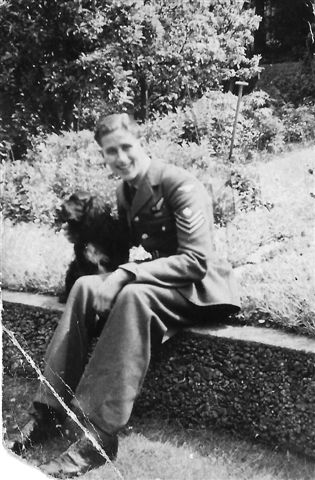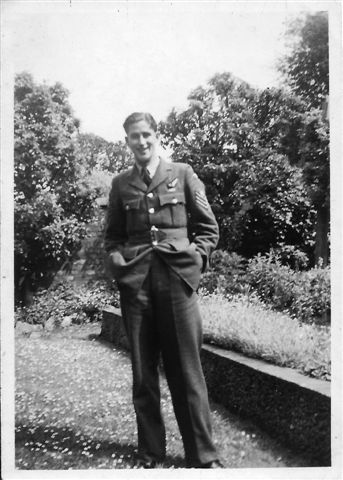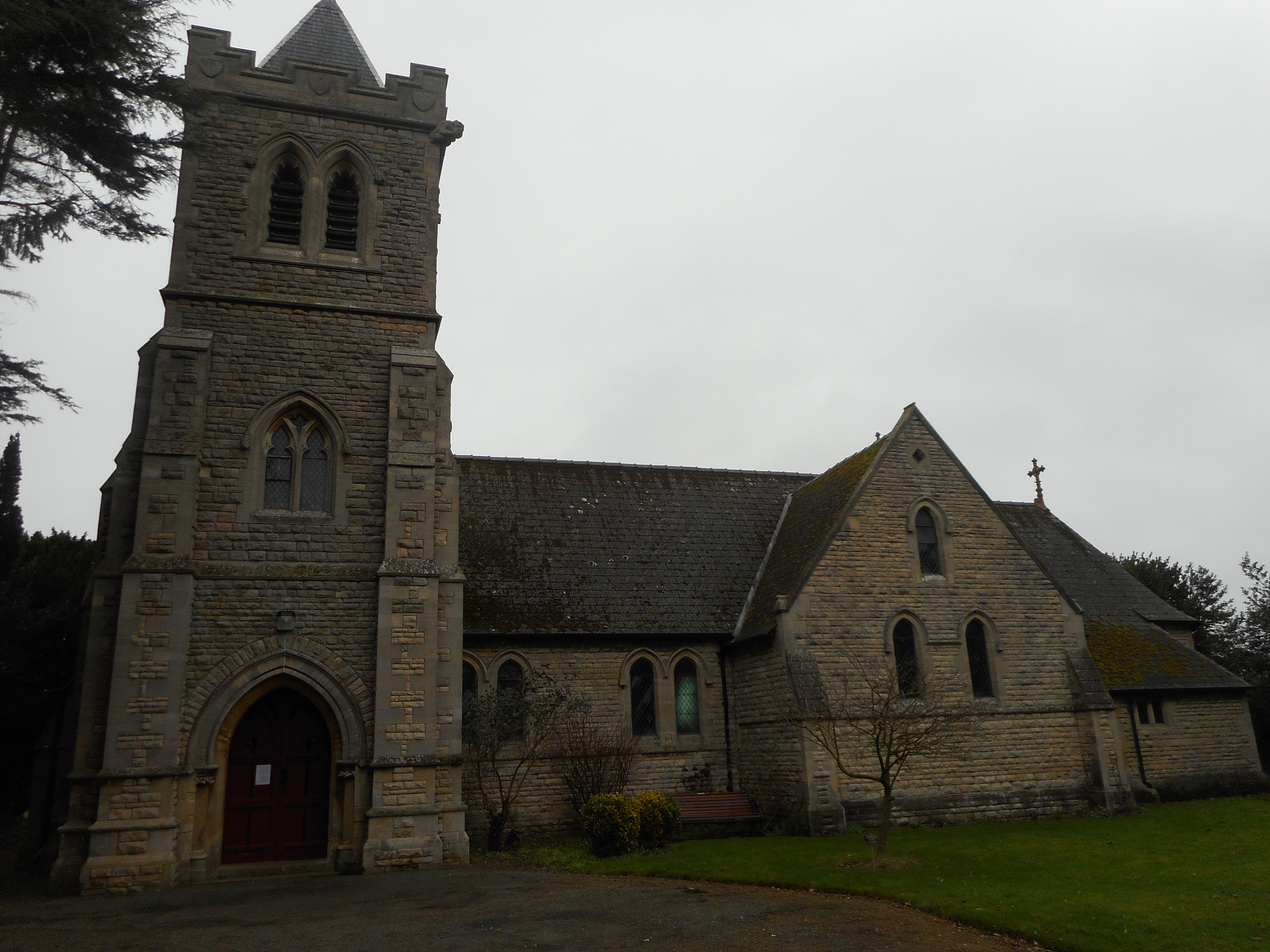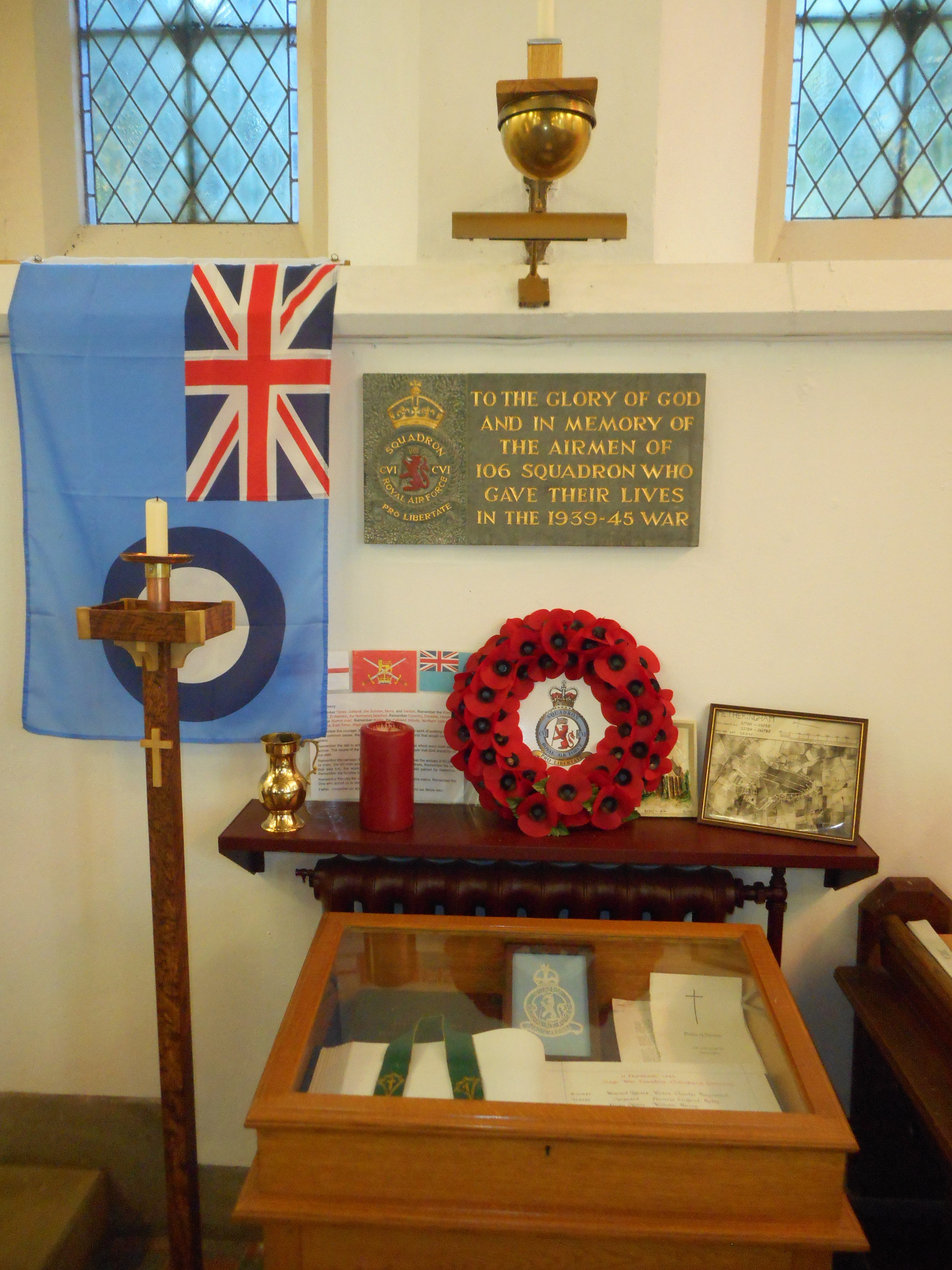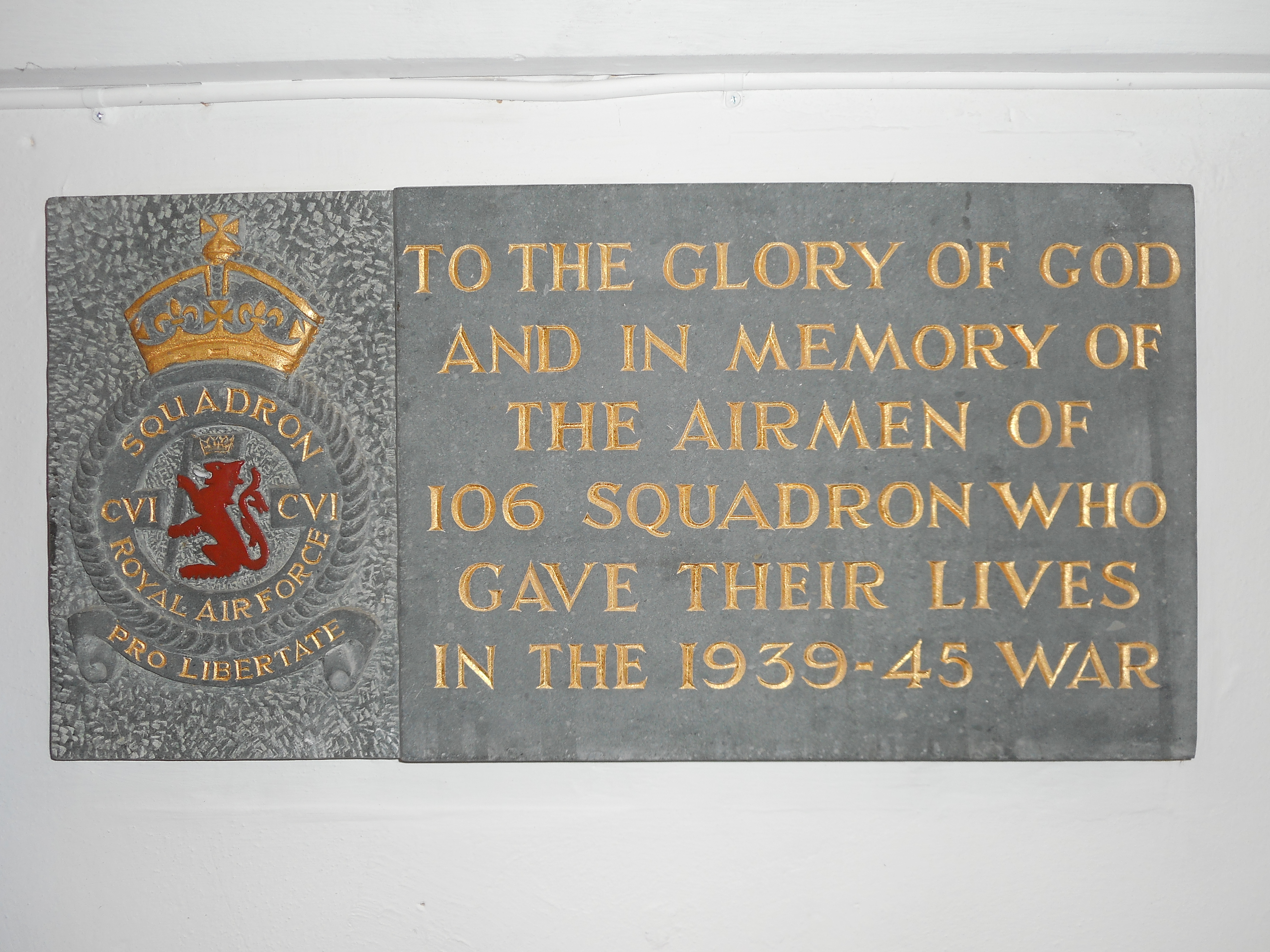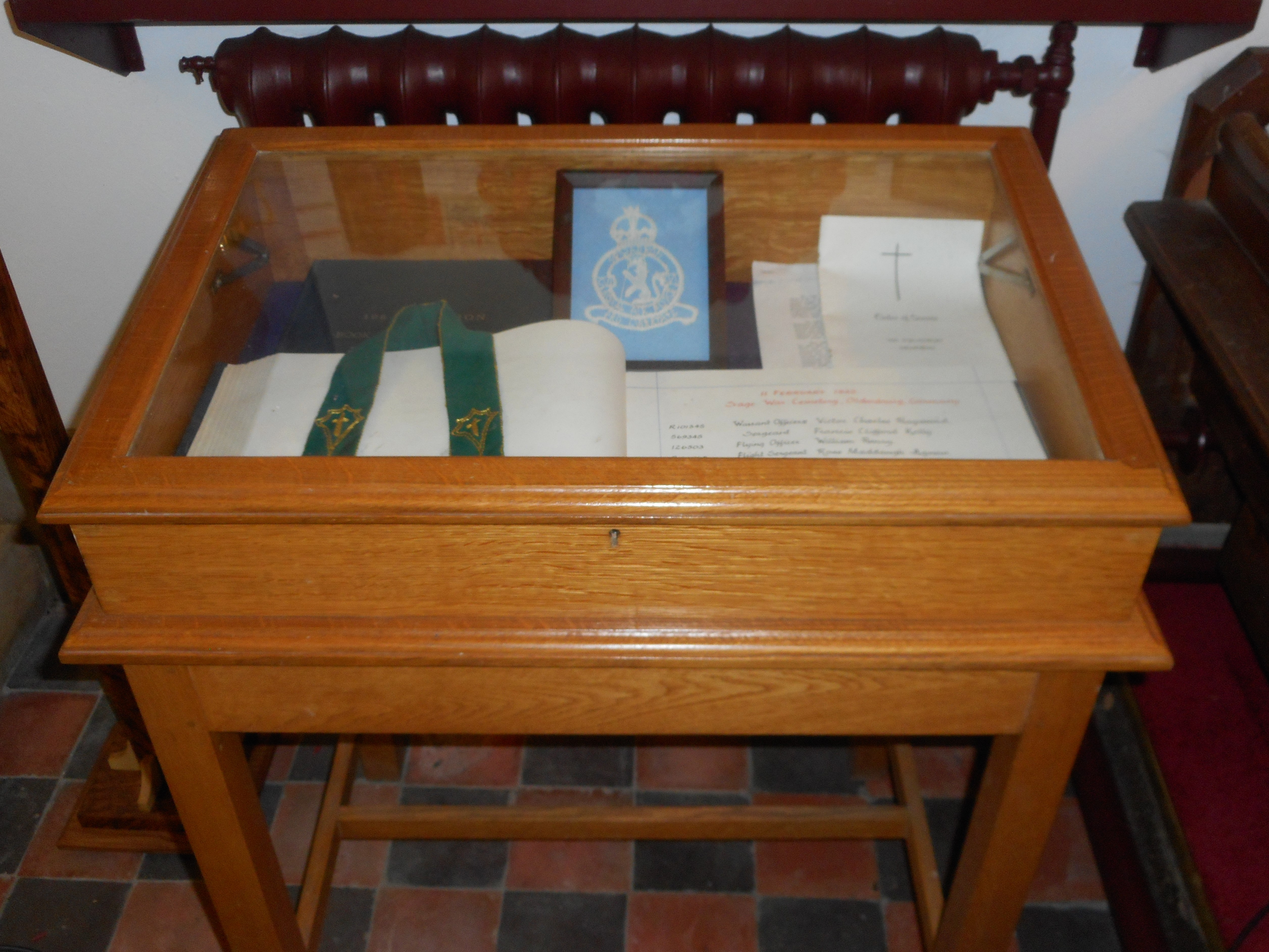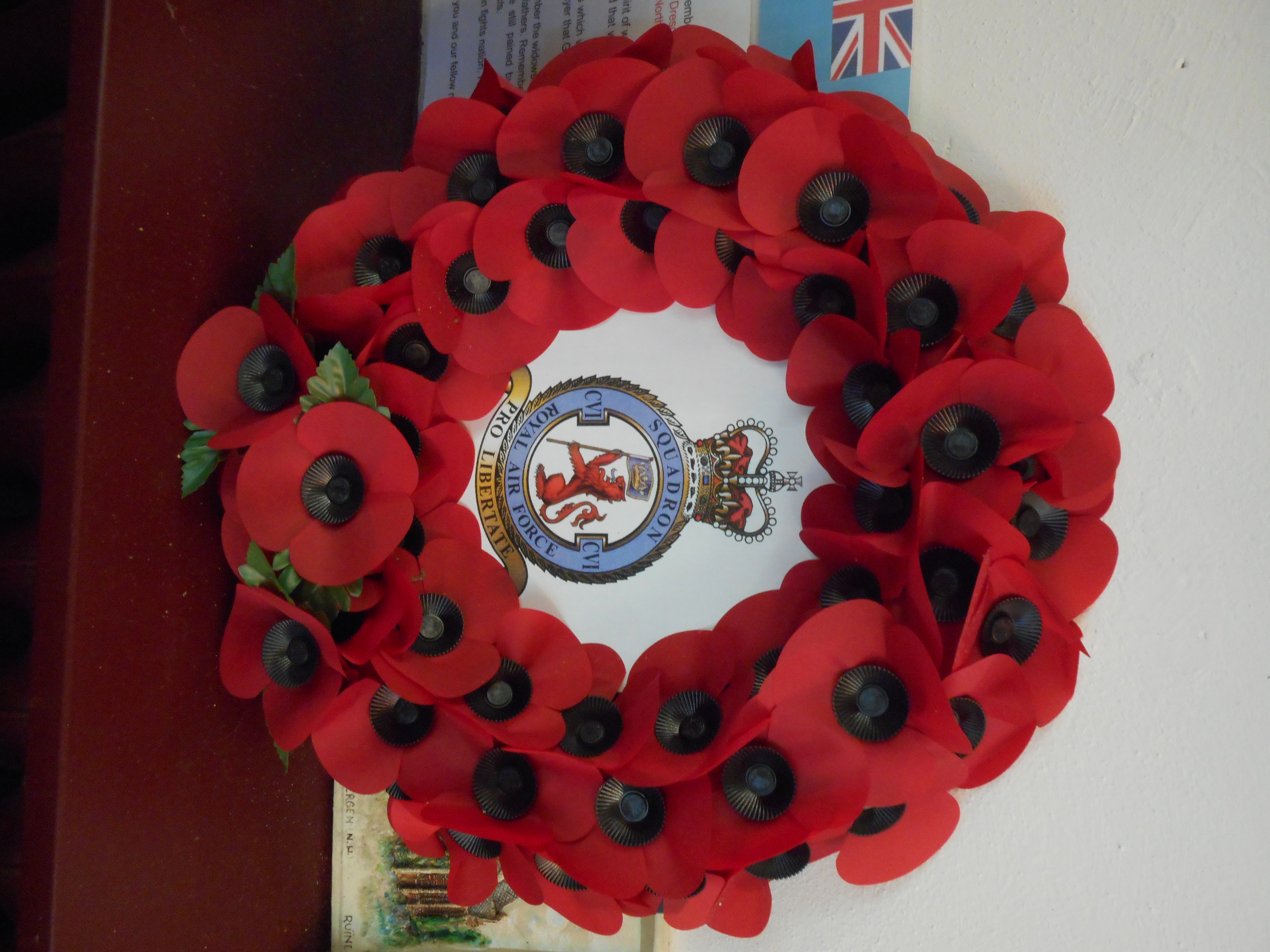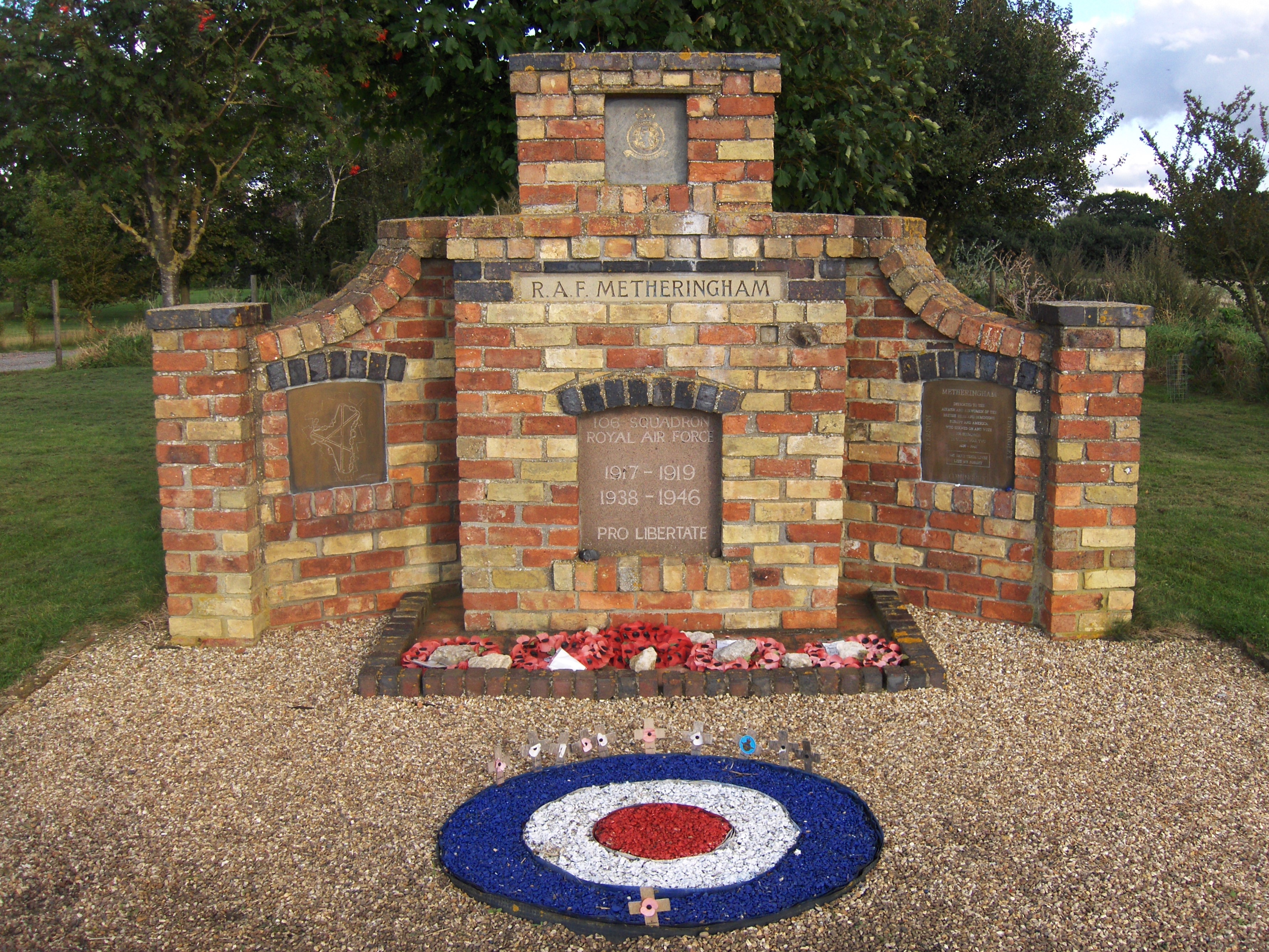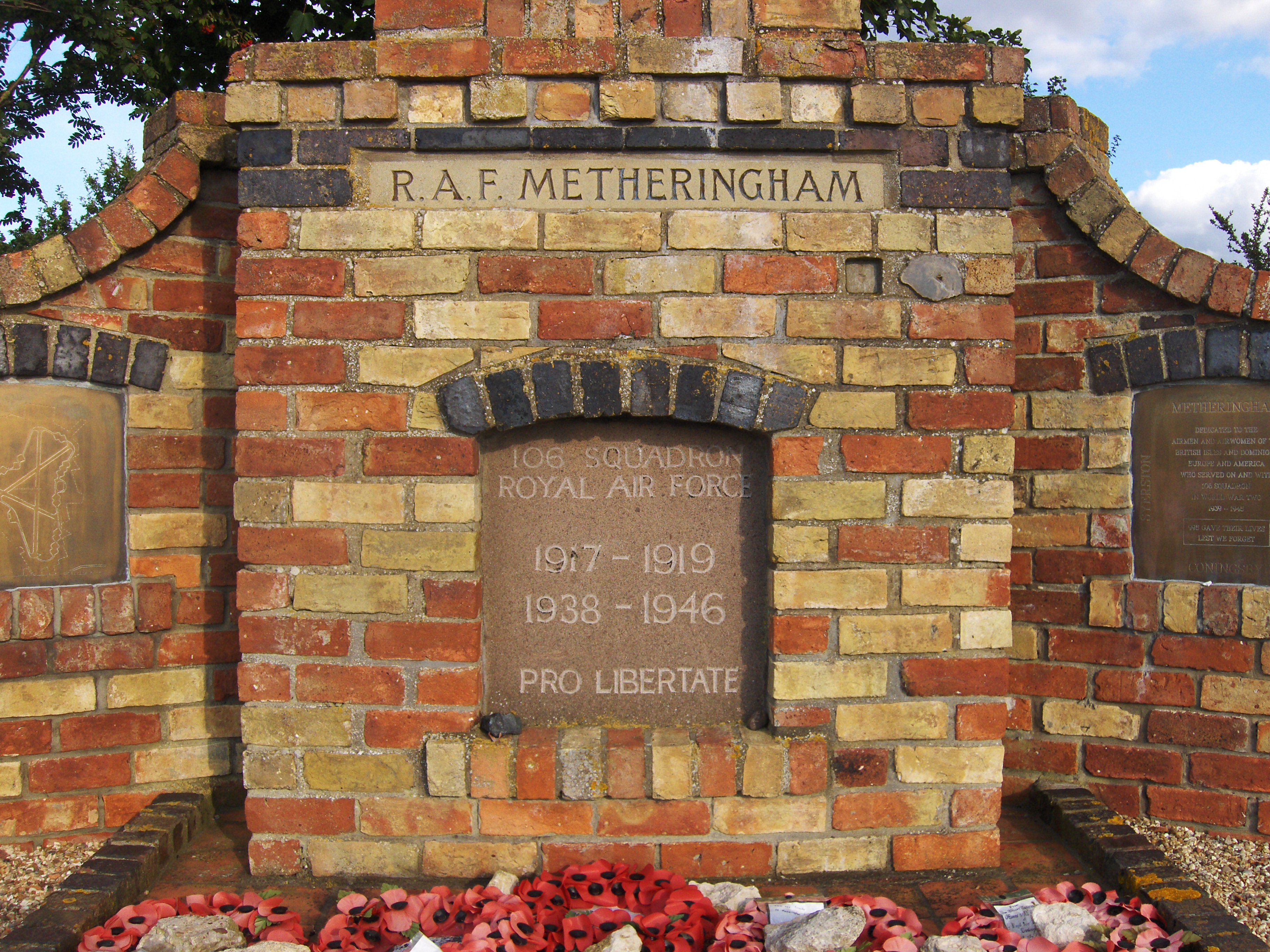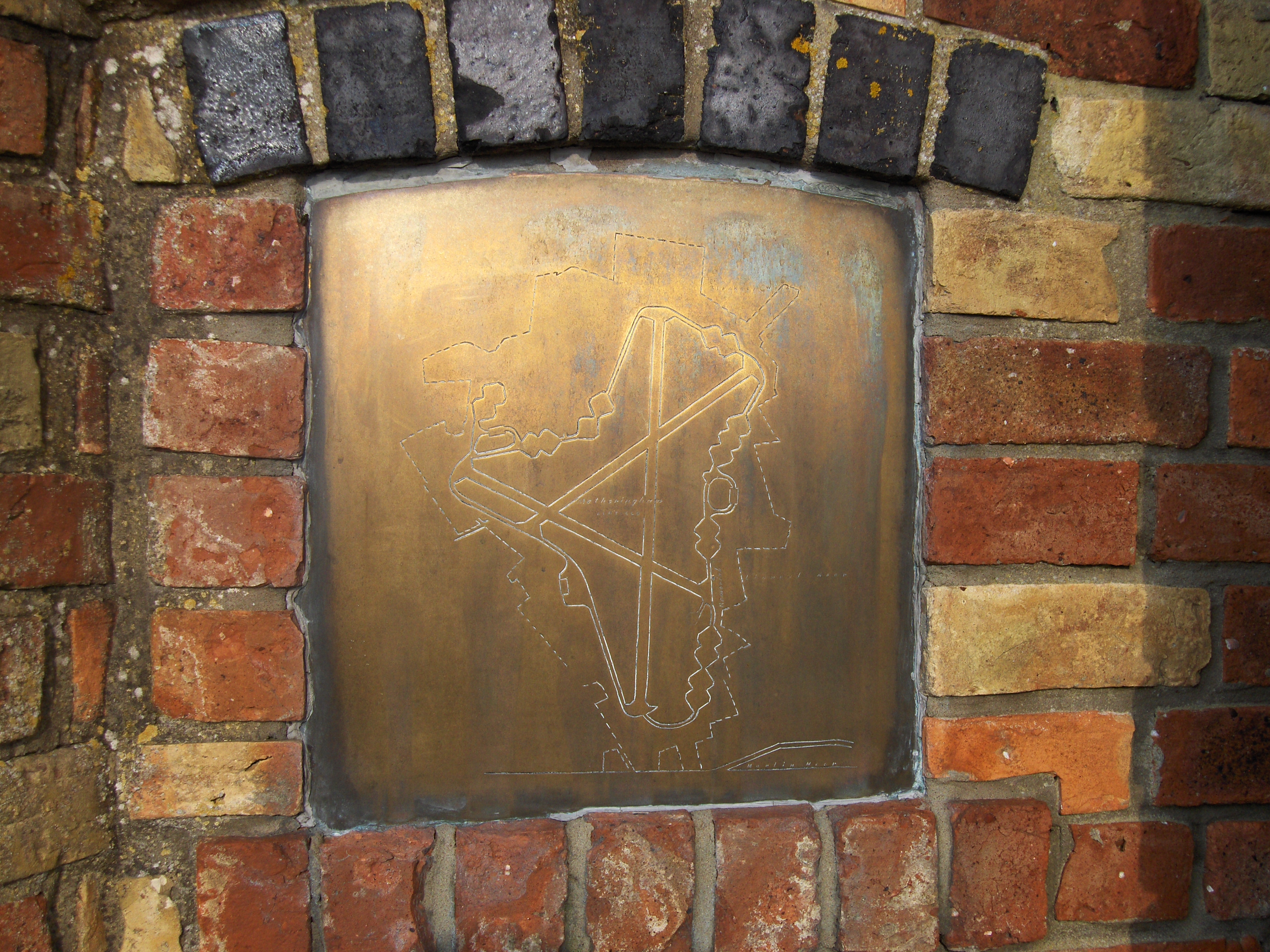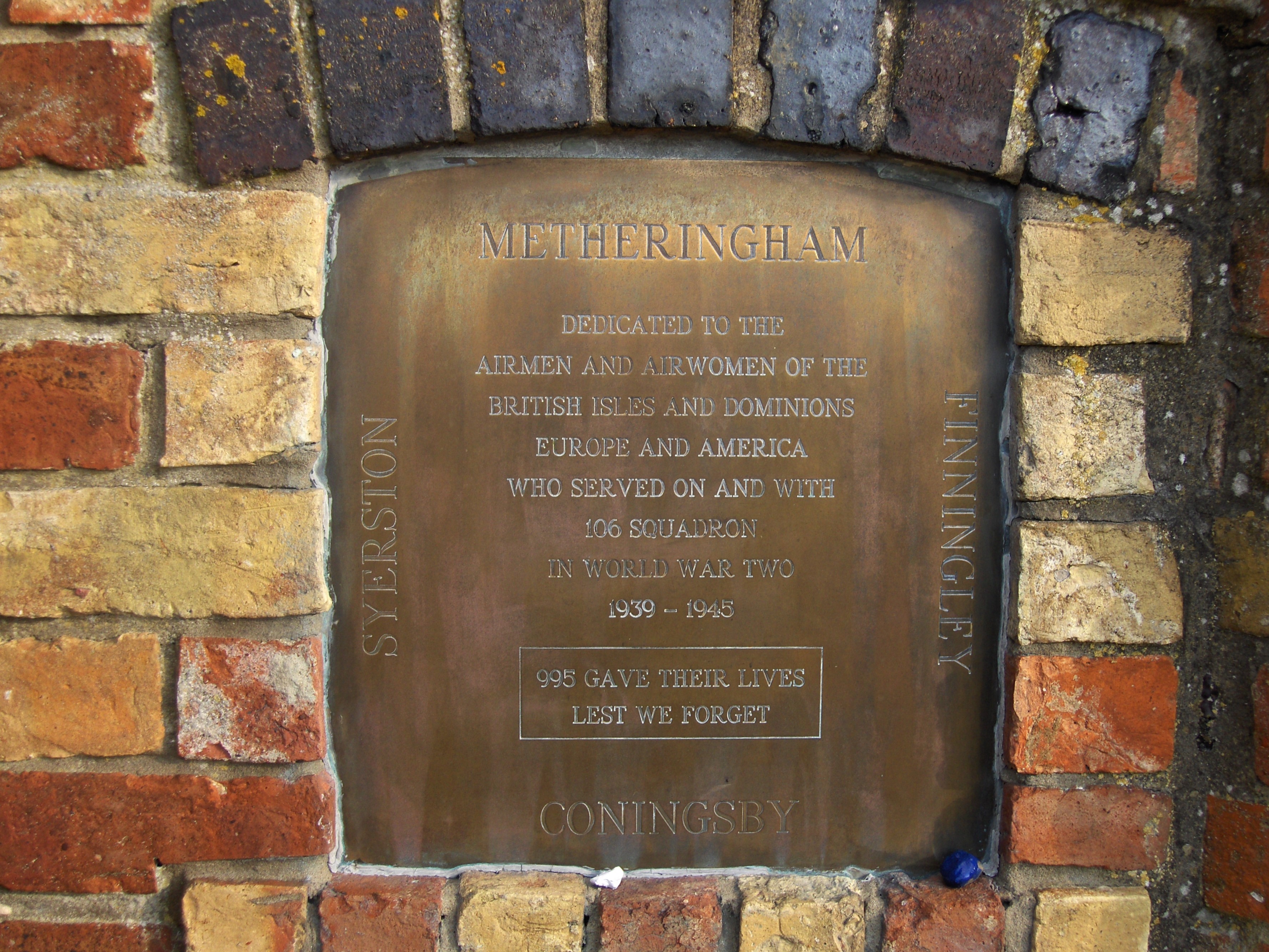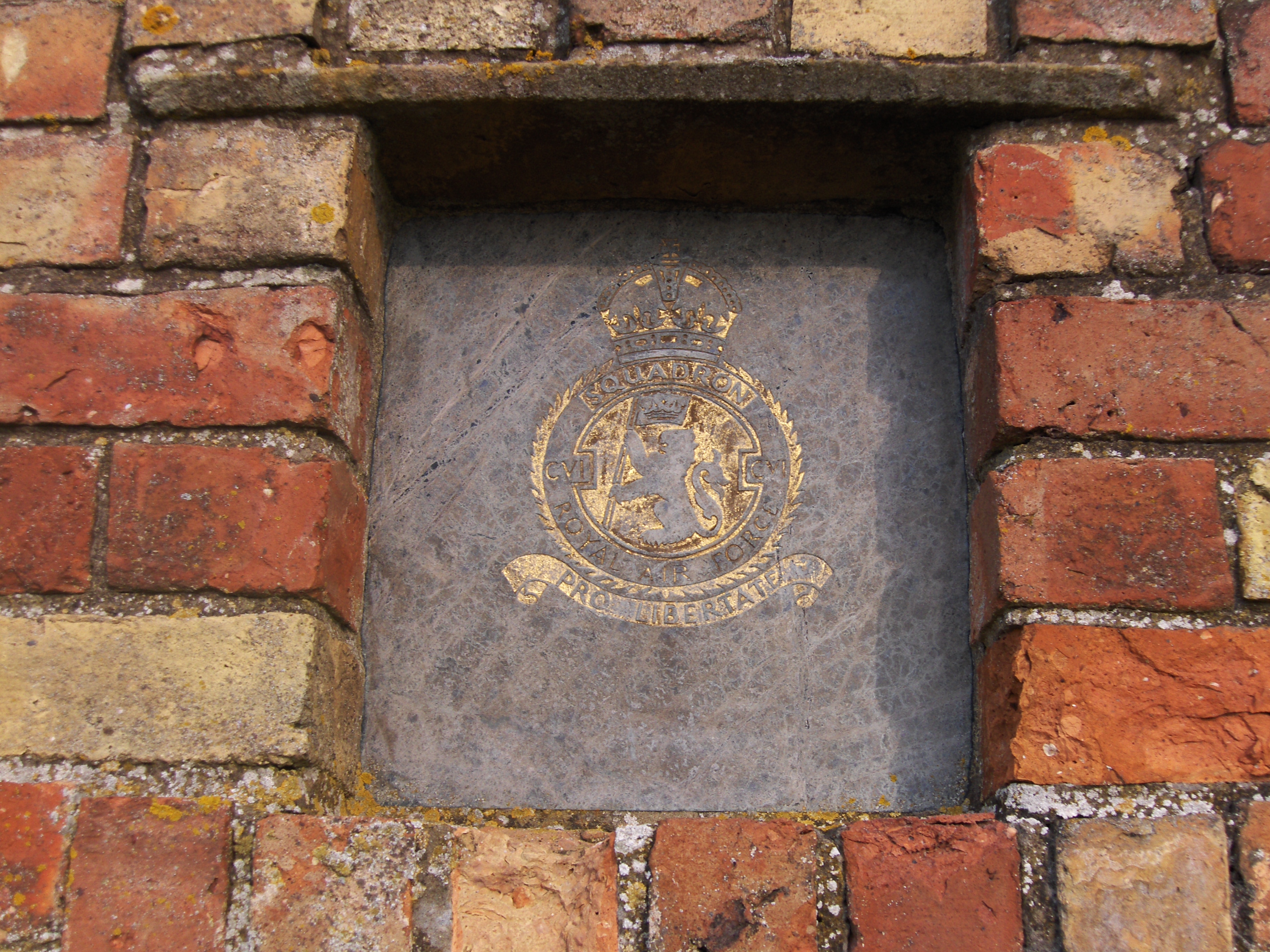Mallett, Charles Lucas Arnold
Personal Information
| Rank | F/S |
| Forename(s) | Charles Lucas Arnold |
| Surname | Mallett |
| Gender | M |
| Age | 21 |
| Decorations | DFM |
| Date of Death | 26-06-1943 |
| Next of Kin | Son of William Newman Mallett and Dorothy Madge Mallett (née Gear), of Marple, Cheshire. Second son, born 28 Oct 1921 in West Norwood, London. The family moved to Marple in 1937 and lived at Ferniehurst, Warrington Road. |
Aircraft Information
| Aircraft | Avro Lancaster III |
| Serial Number | EE125 |
| Markings | ZN-S |
Memorial Information
| Burial/Memorial Country | United Kingdom |
| Burial/Memorial Place | Runnymede Memorial |
| Grave Reference | Panel 138. |
| Epitaph |
IBCC Memorial Information
| Phase | 1 |
| Panel Number | 67 |
Enlistment Information
| Service Number | 652146 |
| Service | Royal Air Force |
| Group | 5 |
| Squadron | 106 |
| Squadron Motto | Pro libertate (For freedom) |
| Trade | WOp/AG |
| Country of Origin | United Kingdom |
Other Memorials
| Location | Holy Trinity Church, Martin, Lincolnshire |
| Country | United Kingdom |
| Memorial Type | Inscribed Stone Tablet & Roll of Honour in Wooden Case |
| Memorial Text | To the memory of the Airmen of 106 Sqn who gave their lives in the 1939-45 War |
| Location | Former Airfield Site, Martin Moor, Lincolnshire |
| Country | United Kingdom |
| Memorial Type | Brick moument with inscribed Slate Tablets & Plaques |
| Memorial Text | Dedicated to the airmen and airwomen who served on 106 Sqn in WW2. 995 gave their lives |
Miscellaneous Information
| He was known as Luke. This was his second tour. His first tour comprised 32 operations with 405 Squadron RCAF from RAF Driffield and RAF Pocklington in Wellingtons. His DFM was awarded at the end of his first tour and appeared in the supplement to the London Gazette on 13 March 1942. His recommendation read "This Wireless Operator has shown courage, ability and great keenness. He has asked for permission now to carry on for his second tour of operations. His ability has contributed greatly to the success of operations in which he has taken part, and his keenness has been an inspriation to other Wireless Operators". |
| As a schoolboy at Normansal, Seaford with his brothers Michael and John, Luke was expected to write home each week. Luke had better things to do and instead popped a blank sheet of paper in the envelope! He left school with no qualifications and began working in S & J Watts Stores on Portland Street, Manchester. Joined RAF as a regular in August 1939 at the age of 17. Trained as a wireless operator at Yatesbury and Benson, where he flourished in subjects he had failed at school. He survived a crash landing in an Avro Anson after becoming lost in clouds. He landed in a farmer's field after dropping out of the clouds to establish his posiiton. The farmer was furious! In another accident, he sustained a broken hand, which was treated by the famous Archibald McIndoe. |
| Promoted to F/Sgt on 1 Apr 1941 and won his DFM in January 1942, which was presented by King George VI on 19 May 1942. He admitted to some nervousness at beginning his second tour but spoke in letters to his brother Mike of the sympathy and kindness shown by his flight commander, who had personally taken Luke up in an aircraft to help quell his fears. Luke is also remembered on the Marple war memorial. His passing was also mourned by his fiancée, who wrote to Luke's mother and sister every year on the anniversary of his death. |
Commonwealth War Graves Commission
The National Archives
| Record of Events (Operational Record Book) AIR 27/833/12 |
| Summary of Events (Operational Record Book) AIR 27/833/11 |
Fellow Servicemen
Please note that this list gives all the losses aboard the quoted aircraft and occasionally these may have occurred on an earlier date when the aircraft was not itself lost. Please check the dates of death carefully.
Last Operation Information
| Start Date | 25-06-1943 |
| End Date | 26-06-1943 |
| Takeoff Station | Syerston |
| Day/Night Raid | Night (38% moon) |
| Operation | Gelsenkirchen |
| Reason for Loss | Shot down by a night-fighter flown either by Hptm. Franz Buschmann of Stab IV./NJG1 60km west of Den Helder at 02.45hrs (5th victory) or Ofw. Heinz Vinke of 11./NJG1 70km west of Den Helder (27th victory). DS666 was also shot down in the vicinity at around the same time. |
